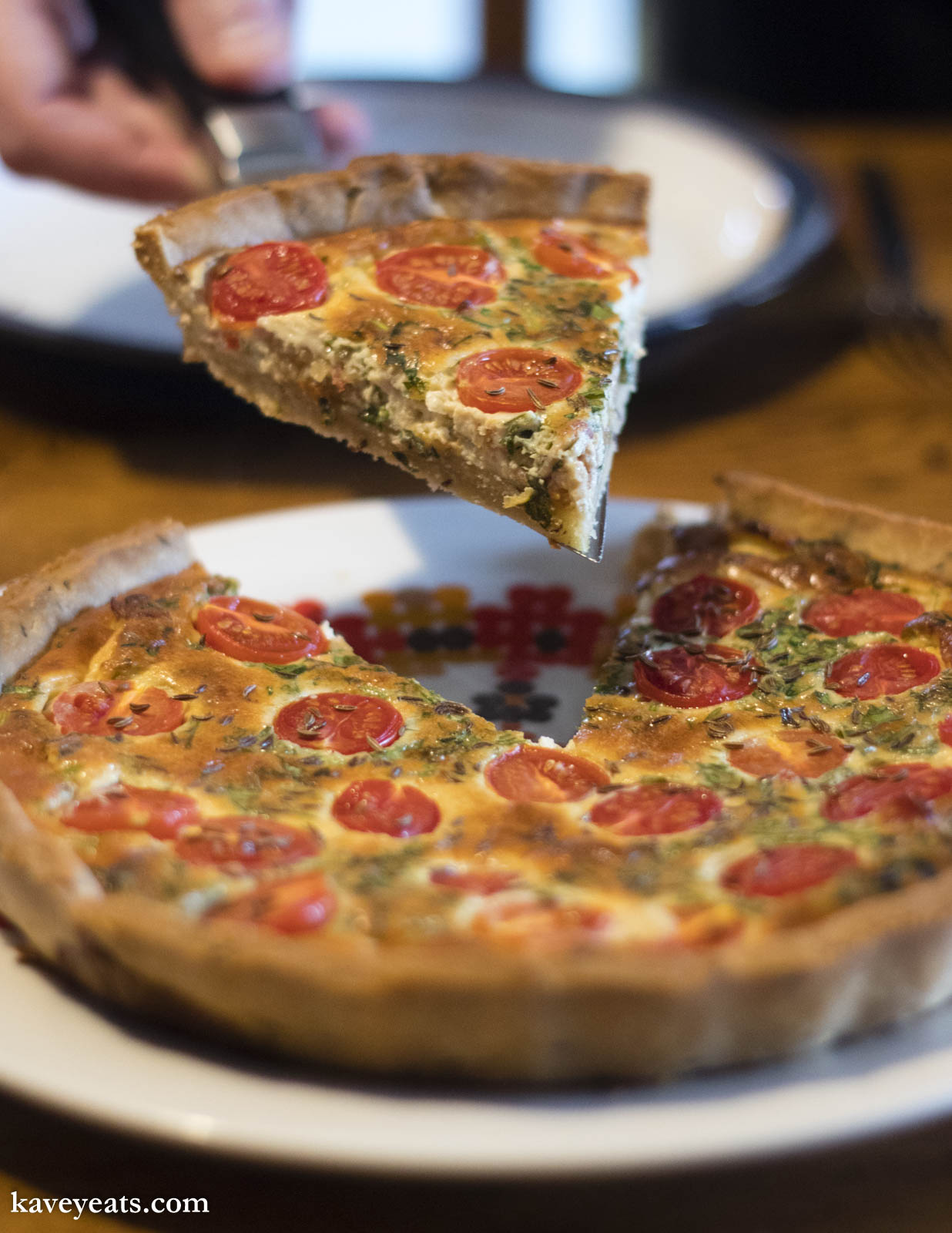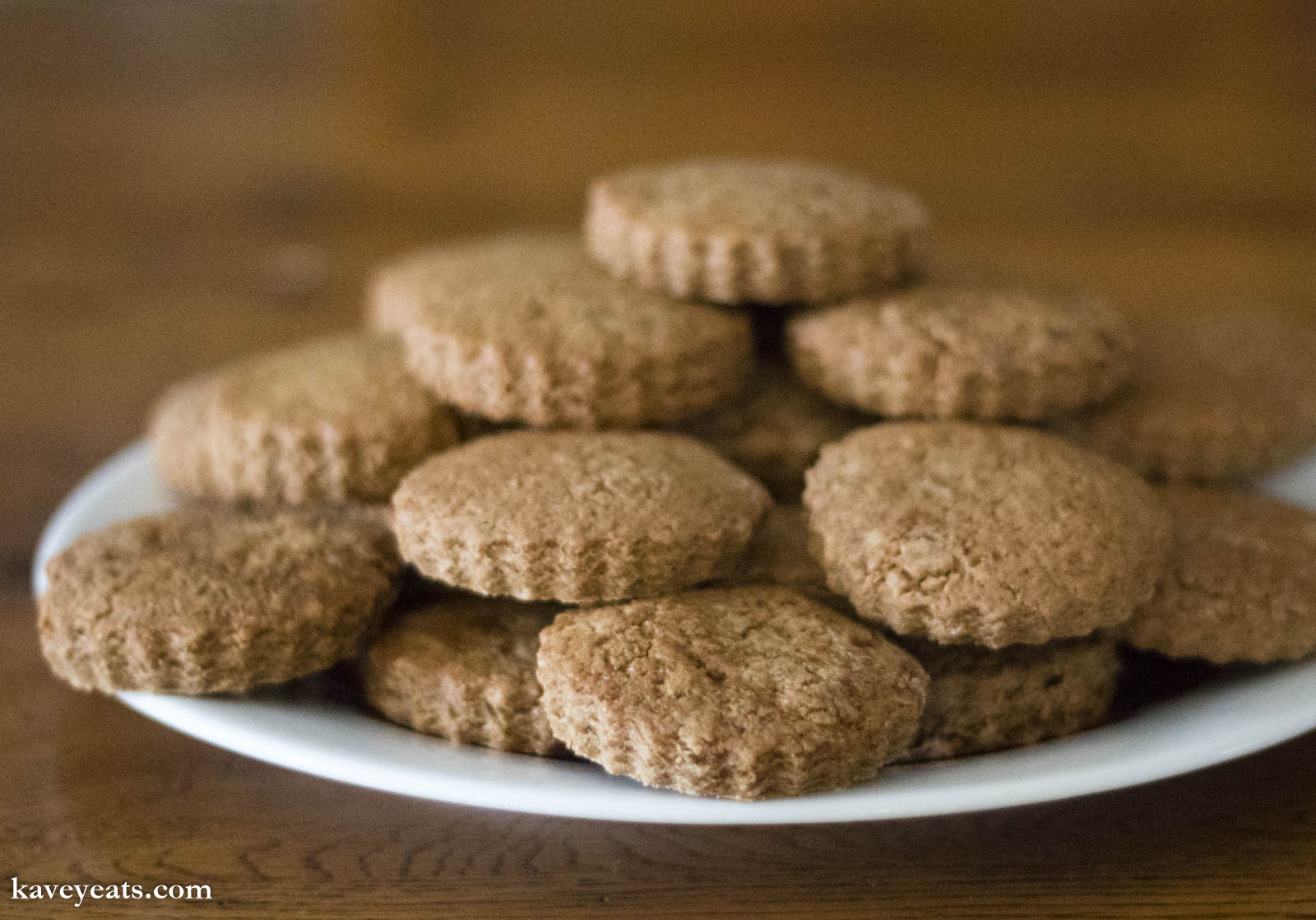In his previous book Herb: A Cook’s Companion, Mark Diacono wove together detailed advice on growing your own herbs (and handling store bought), with a selection of recipes that show off those herbs beautifully. In Spice: A Cook’s Companion he provides advice on how to source and blend spices well, and how to make the best of them in your kitchen.
I love Mark’s note in his Introduction that “the brilliance of spices [is that] they are – like music, painting and poetry – almost entirely unnecessary and yet utterly essential. As with herbs, spices transform the life-giving act of feeding into the life-enhancing pleasure of eating.”
Mark points out that the book is “high on ideas, blends and recipes” but low on “the historic movement of spices around the world, the wars fought and what might or might not have been rammed up Rameses II’s nose before he was laid to rest” – it’s turns of phrases like this one that always delight me in Mark’s writing – heavy on accurate and useful information, yet light and often humorous in touch. Incidentally, if you are interested in the historic movement of spices around the world, please allow me to recommend one of my very favourite cookbooks from last year, The Nutmeg Trail: A Culinary Journey Along The Ancient Spice Routes by Eleanor Ford.
As with Herb, Mark has not attempted to create an encyclopaedic reference tome in Spice. Rather he has created a very personal collection of “forty-odd spices and a similar number of spice blends” to share. To that end he notes that whilst many of the ingredients showcased in the book are seeds and dried fruits, there are roots such as ginger and turmeric that he includes in their ground form but not in their fresh, and even some berries, such as juniper, make it in when many do not. I love that his selection is about joy and delight, not consistency and logic!
I am 100% on board with Mark’s aim to “share enthusiasm, build confidence and bring pleasure”.
Before ‘The Spice Cabinet’ and the ‘Blends and Pastes’ chapters, Mark shares some advice on ‘Sourcing and Using’ spices, and how best to store them. In terms of equipment, he recommends an electric spice grinder over a mortar and pestle for most recipes (though not all). I agree with the pleasure he finds in using a suribachi and surikogi (Japanese grinding bowl and pestle).
Of forty-two spices, there are only a few I’ve not heard of before, but many I’ve never tasted. I’ve come across references and recipes featuring achiote (aka annato), anise seeds (not the same thing as star anise), cinnamon berries, grains of paradise, kokum, tonka beans, and wattleseed before but never cooked with them. Only four spices in the book were wholly new to me – anardana (pomegranate seeds used as a spice rather than as a fruit), Ethiopian passion berries, mahleb (a type of cherry), and verbena berries. These are covered alongside familiar spices that I know and use regularly but still appreciate learning more about. For each spice Mark gives an introduction, a guide to using it, which spice blends it features in, and a list of ingredients that the spice has an affinity with.
Under spice blends (of which there are thirty-nine), there are several I’ve never made before: advieh, Cape Malay spice blend, sweet dukkah, gunpowder mix, hawaij, khmeli-suneli, niter kibbeh, qualat daqqa, svanuri marili, timur ko chop, and tempero baiano. For each blend Mark tells us about the origins of the blend, how it’s used, and lists out recipe ingredients (with amounts). With a few (such as harissa) there are specific instructions on how to make the recipe; for the rest Mark provides basic instructions and advice in the chapter introduction.
Recipes are organised into Small Things, Bigger Things, Sweet Things, and Drinks.
Under Small Things you’ll find a wide range of treats that include condiments, small snacks and sides. These include Spiced apples and pears, MiMi Aye’s Burmese rainbow pickle, Pickled blackberries, Tomato and vanilla compote, Sambal oelek, Sriracha, Muhumarra, Kecap manis, Brown sauce, Southern states barbecue sauce, Saffron aioli, Olio santo, Caraway yoghurt dressing, Mostarda di frutta, Sour chilli melon, Nigella and ajowan parathas, Himbasha (an Eritrean flatbread), Panisse with lemon thyme and berbere, Baharat blackcurrant Eccles cakes, Potted crab, Ajowan samosas, Advieh stuffed aubergines, Star anise pak choi, Spiced sweetcorn, Seedy sprout slaw, Tempero baiano cabbage, Chimichurri new potatoes, Chaat sweet potatoes, Soused mackerel, Manchamanteles (a Mexican sauce for meat, fish or vegetables), Guajillo grilled courgettes,and Panch phoran roasted carrots.
Bigger Things is full of dishes that are suitable for a main meal (from breakfast through to dinner) and offers recipes like Chipotle eggs in purgatory, Za’atar fruit fattoush, Chorizo and Merguez sausages, Spicy Scotch eggs, Paradise cauliflower soup, Yuki Gomi’s Spicy ramen, Bourride (a French fish soup), Mouclade (lightly curried mussels also from France), Li Ling Wang’s Mapo tofu, Bún riêu (a Vietnamese noodle soup), Lara Lee’s Sambal goreng tempe, Domi-yangnyeom-gui (a Korean fried fish dish), Blackened fish (southern US-style), Maunika Gowardhan’s Punjabi chicken curry, Nanjing salted duck, Doro wat (an Ethiopian spiced stew), Annie Grey’s 18th century English chicken curry, Juniper-brined roast chicken, Babi guling (a Balinese roast pork dish), Barbecue ribs, Zuza Zak’s Bigos (a Polish winter stew), and Pastilla (a North African filo pastry pie).
It’s easy to forget how versatile spices are in sweet dishes, not just savoury, and to this end Mark provides many tempting recipes in the Sweet Things chapter. I’m drawn to Rice pudding with sweet dukkah, Blueberry and coriander clafoutis, Alissa Timoshkina’s Russian gogol-mogol (whipped egg and sugar dessert), Wattleseed shortbread, Nicola Miller’s Buñuelo with piloncillo syrup (Spanish and Latin American doughnuts), Qalat duqqa plum cake, Nargisse Benkabbou’s Ras el hanout and chocolate banana bread, Sweet long pepper cream, Tahini, prune and star anise ice cream with sweet dukkah, Ethiopian passion berry and tonka bean ice cream, Sarit Packer’s Pistachio and golden raisin baklava, Caraway and fennel toffee apples, and Cumin and coriander fudge.
Last comes the Drinks chapter with recipes such as Melon and pineapple tepache (a Mexican fermented drink), Loomi tea (made with dried limes(, Ginger, mace and verbenna berry switchel (a sweet sour drink from the USA), Nutmeg syrup, Sol khadi (a spicy and sour Indian drink), Ginger beer, Spiced rum, Krupnik (a Polish spiced-honey vodka), White dalmation (a pepper-spiced cocktail), Ponche crema (a Venezuelan eggnog), Mulled cider, and Tascalate (a Mexican cold chocolate drink).
Not all recipes have photos, but many do and these are all taken by Mark; some show the finished dish in its cooking pot or pickle jar, the rest show food or drink served in homely crockery on pleasingly plain surfaces. I find the bold simplicity of the food photography soothing.
Caraway is an ingredient we’d hardly used until we first made Middle Eastern Courgettes Baked in a Cheese Sauce from Ghillie Başan’s The Lebanese Cookbook. The caraway was such a revelation in Basan’s dish that we were immediately drawn to Mark’s Bacon and Caraway Tart as the first recipe to make from Spice. Caraway seeds are used in both the pastry and the tart filling, alongside mustard and fresh parsley, but it’s in the pastry that the spice really shines. A delicious tart, served hot, warm or cold.
The chicken pieces in José Pizarro’s Pan-fried chicken with Pimentón de la Vera were fabulous, and really simple too. Good quality smoked paprika makes a difference here, as it provides the key flavour. For us, the mashed potatoes (also flavoured with paprika) didn’t work well with the chicken, and we felt that a contrasting flavour, or plain mash with plenty of butter, would work better.
Lebkuchen (German spiced honey biscuits) are a seasonal favourite for us in the weeks leading up to Christmas, and these homemade ones didn’t disappoint. We used this Hungarian spice mix instead of German lebkuchen gewürz – both are very similar gingerbread spice mixes – and it was just right.
An aspect of the book I really appreciate is Mark’s invitation to fellow food writers to contribute recipes, bringing additional voices, cultural experiences and flavours to the recipes within. All of the contributors are listed at the back, and include several friends and voices in the food world that I already know and admire – Honey & Co, Irina Georgescu, José Pizarro, Lara Lee, Maunika Gowardhan, MiMi Aye, and Nicola Miller to name just a few.
This is a lovely book for any home cook interested in learning more about spices and spice blends, and how to make the best use of them. The recipes Mark includes are not only appealing to eat, but also provide plenty of inspiration for using spices more creatively in the kitchen.
Recipes from Spice: A Cook’s Companion
We have permission from Quadrille to share these three fantastic recipes with you from the book: [coming soon]
- Bacon and Caraway Tart
- José Pizarro’s Pan-fried chicken with Pimentón de la Vera
- Lebkuchen
Kavey Eats received a review copy of Spice: A Cook’s Companion from publishers Quadrille. Book photography by Mark Diacono.






